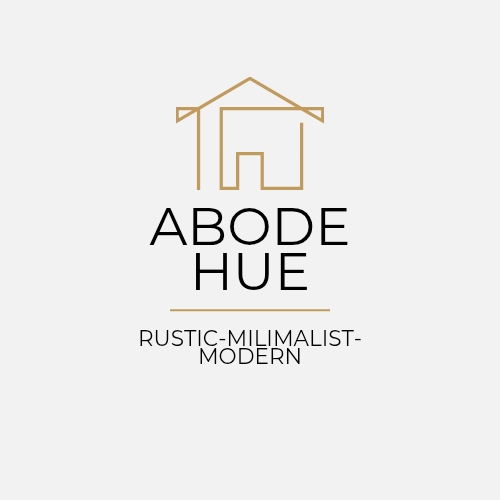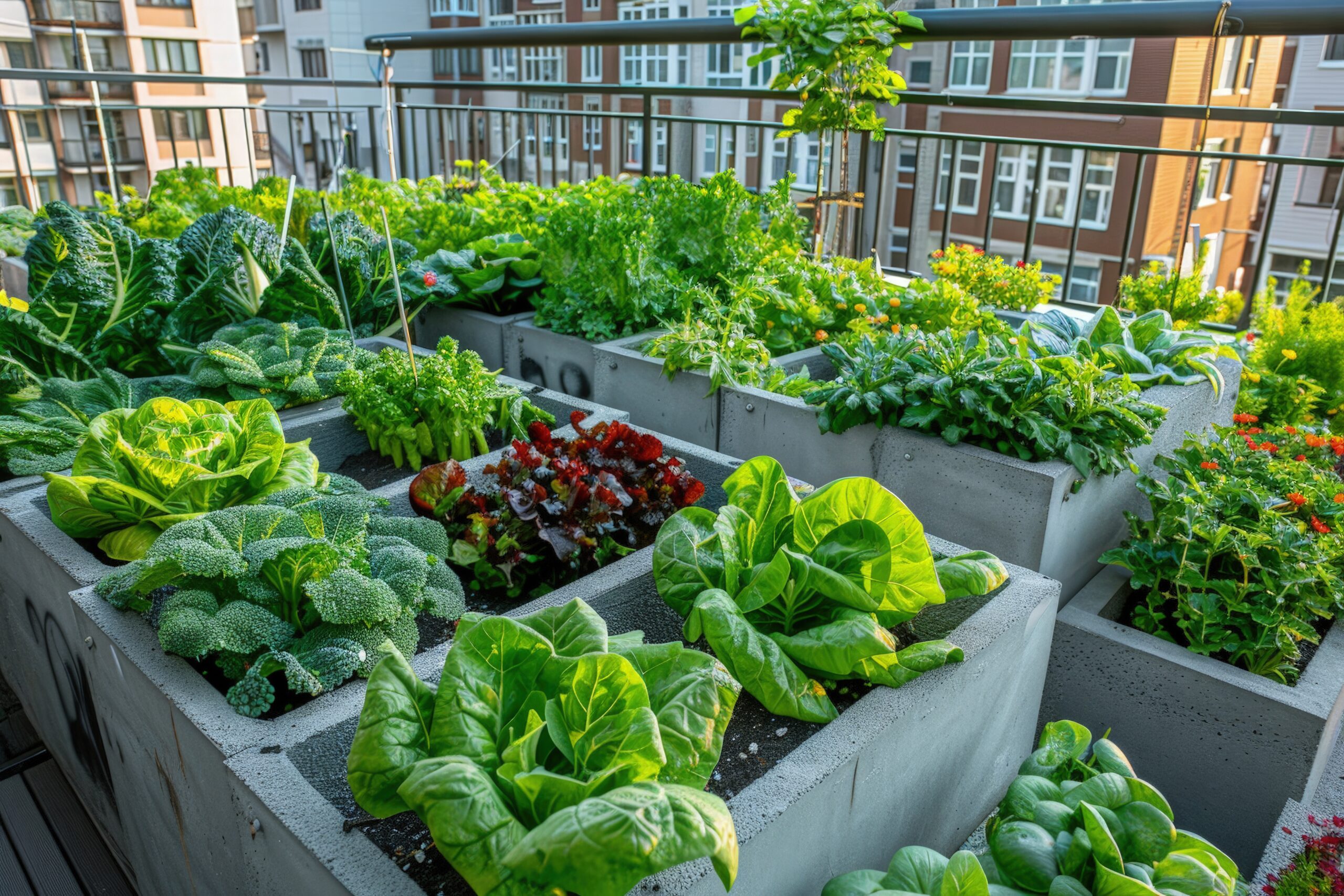Indoor Hydroponic Garden DIY: The Ultimate Guide for Beginners and Ethusiasts
Table of Contents
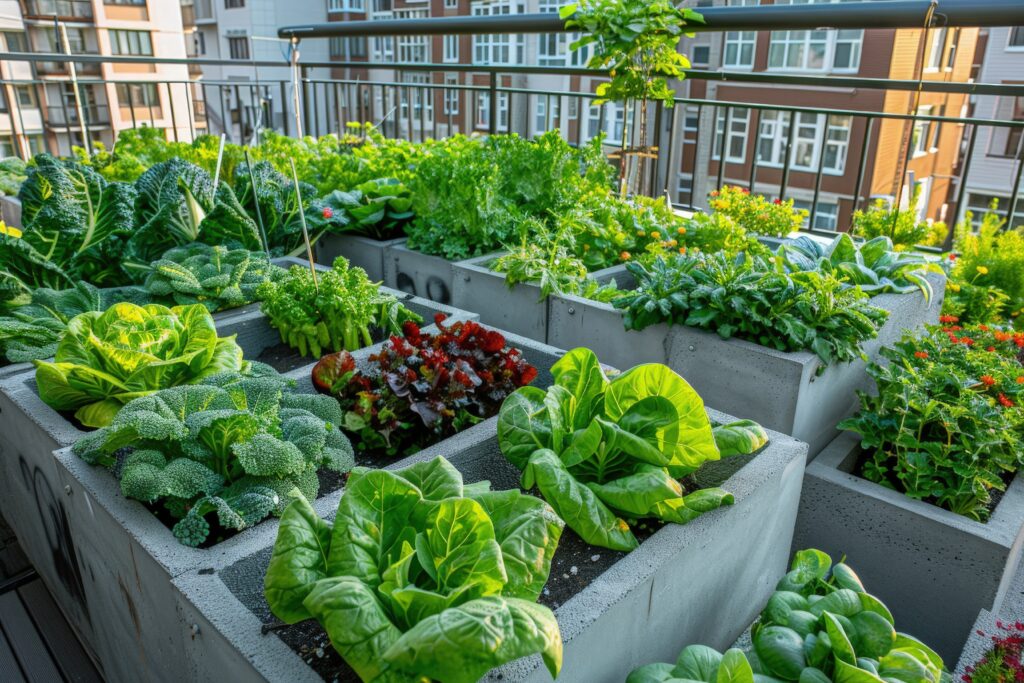
What is an Indoor Hydroponic Garden DIY?
An Indoor Hydroponic Garden DIY is a self-made, soil-free plant-growing setup you can build inside your home. Instead of soil, it uses nutrient-rich water to feed the plants directly, which results in faster growth and higher yields. It’s a game-changer for urban dwellers, small-space gardeners, and anyone craving fresh produce year-round.
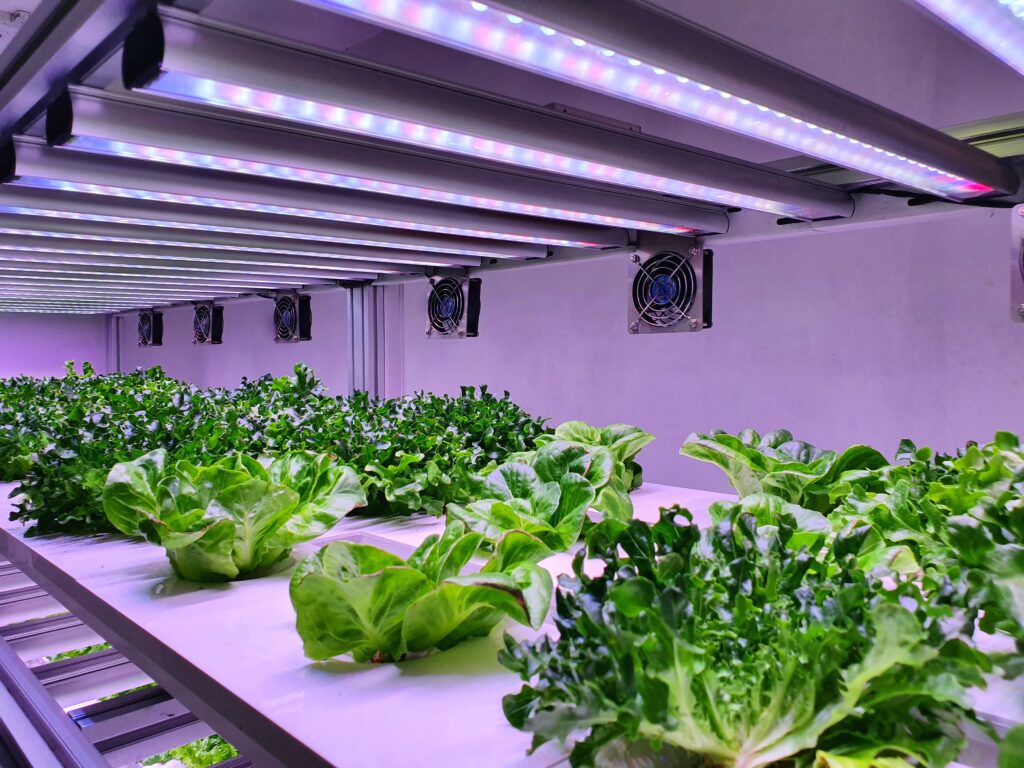
Benefits of Indoor Hydroponic Gardening
Why bother with an Indoor Hydroponic Garden DIY? Here’s why it rocks:
- Space-saving: Perfect for apartments and small homes.
- Water-efficient: Uses up to 90% less water than traditional soil gardening.
- Year-round growing: No need to worry about seasons.
- Pest control: Fewer soil-borne pests and diseases.
- Faster growth: Plants grow 30–50% faster than in soil.
How Does Hydroponics Work?
Hydroponics delivers nutrients directly to a plant’s roots using a water-based solution. Without soil, the roots absorb what they need faster. There are various hydroponic techniques, each with its own setup, but the concept remains the same: efficient, controlled growing.
Choosing the Right Hydroponic System
Let’s break down the top DIY-friendly systems:
4.1 Deep Water Culture (DWC)
Simple and effective. Plants sit in a nutrient solution with an air pump supplying oxygen. Great for beginners!
4.2 Nutrient Film Technique (NFT)
A thin film of water flows over the roots continuously. This is best for lightweight plants like herbs and leafy greens.
4.3 Ebb and Flow System
Floods the roots with nutrients on a timer, then drains back. Perfect for larger plants.
4.4 Wick System
No electricity needed. A wick carries nutrients to the plant. It’s low-maintenance, but slower-growing.
Essential Materials for Indoor Hydroponic Garden DIY
Before diving in, gather your tools:
- Containers or buckets
- Net pots
- Air stones and pumps
- pH meter
- Hydroponic nutrients
- Growing medium (like clay pellets or coco coir)
- LED grow lights
- Tubing, timers, and a reservoir
You can find kits, but building your own Indoor Hydroponic Garden DIY from scratch can save you money and be more rewarding.
Setting Up Your Indoor Hydroponic Garden DIY Step-by-Step
Here’s your easy roadmap:
- Pick a system that fits your space and goals.
- Set up your reservoir—use food-safe plastic or buckets.
- Add an air pump to oxygenate the water.
- Place your net pots in holes on the lid or tray.
- Insert your growing medium and seeds/seedlings.
- Mix your nutrients with clean, filtered water.
- Set up your grow lights—keep them 6–12 inches above plants.
- Monitor daily—check water levels, pH, and plant health.
You’ve just built your own Indoor Hydroponic Garden DIY—how cool is that?
Best Plants for Indoor Hydroponic Garden DIY
Some plants are born to thrive hydroponically. Try these winners:
- Lettuce
- Spinach
- Kale
- Basil
- Mint
- Tomatoes
- Strawberries
- Peppers
Leafy greens are easiest, but once you get the hang of it, go wild!
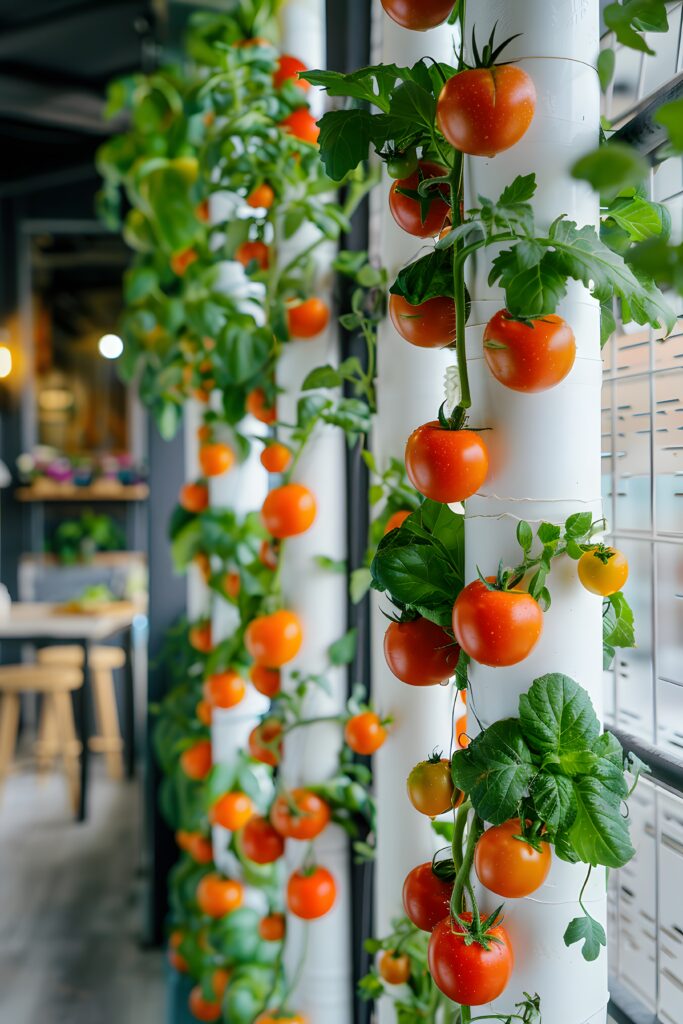
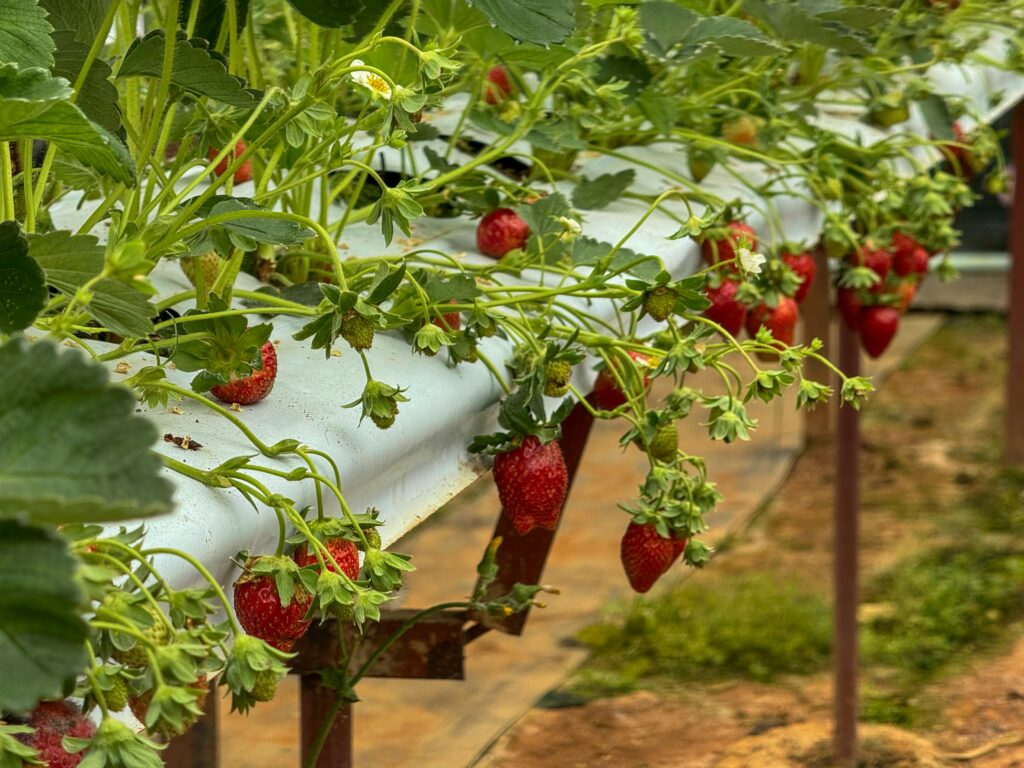
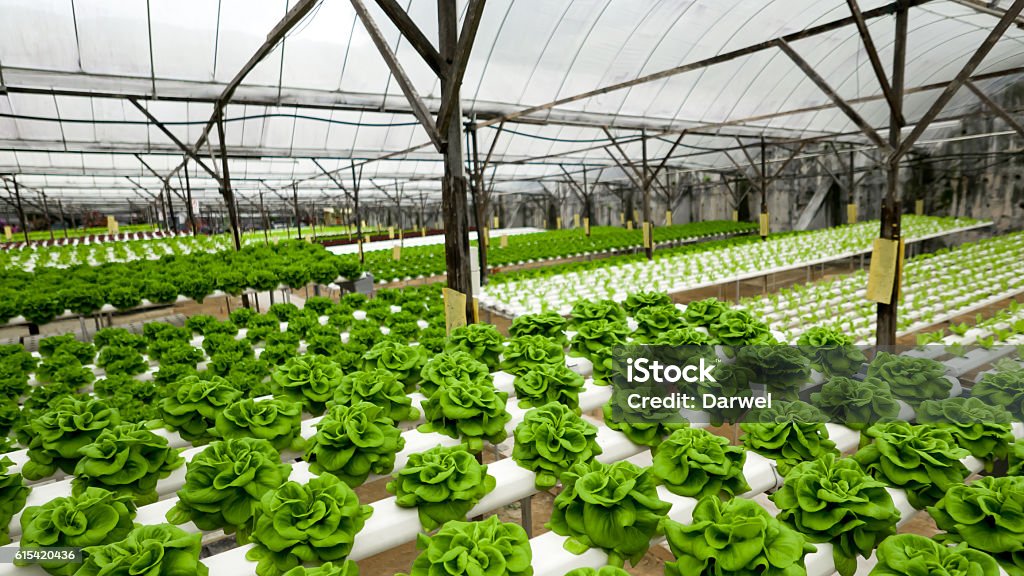
Lighting for Indoor Hydroponics
Without sunlight, you’ll need artificial lighting:
- LED grow lights: Energy-efficient and full-spectrum.
- Fluorescent lights: Cheap and good for leafy greens.
- HID lights: Powerful, but can overheat a small room.
Aim for 12–16 hours of light per day. Light matters just as much as water in your Indoor Hydroponic Garden DIY.
Hydroponic Nutrients: Feeding Your Plants Right
Since there’s no soil, all the nutrients must come from your water mix. A good hydroponic solution includes:
- Nitrogen (N)
- Phosphorus (P)
- Potassium (K)
- Calcium, Magnesium, Iron (micronutrients)
Follow your nutrient package instructions closely, and never guess!
Maintaining Water Quality
Poor water? Poor plants. Here’s how to keep it top-notch:
- Use filtered or distilled water.
- Change nutrient solution every 2 weeks.
- Monitor pH levels (ideal: 5.5–6.5).
- Keep water oxygenated with air stones.
Regular maintenance is key to a healthy Indoor Hydroponic Garden DIY.
Common Mistakes to Avoid
Don’t fall into these traps:
- Skipping pH checks
- Using tap water full of chlorine
- Overcrowding your plants
- Under-lighting your setup
- Neglecting airflow and ventilation
Every mistake is a learning step, but avoiding these from the start will save your harvest!
Budget-Friendly Indoor Hydroponic Garden DIY Ideas
You don’t need fancy gear. Try this:
- Use recycled containers for reservoirs.
- DIY grow lights with cheap clamp lights and LED bulbs.
- Use mason jars for Kratky method (no electricity needed!).
Building an Indoor Hydroponic Garden DIY on a budget? Totally doable.
How to Monitor and Adjust pH Levels
pH directly affects nutrient absorption. Here’s the process:
- Test daily with strips or digital meters.
- If pH is too high, add pH Down.
- If too low, use pH Up.
- Mix gently and retest.
It’s a small detail, but it can make or break your garden.
Pest Management in Indoor Hydroponic Systems
Fewer pests indoors, but not zero! Watch for:
- Fungus gnats
- Spider mites
- Aphids
Use neem oil sprays, sticky traps, or beneficial bugs. And always keep your setup clean.
Conclusion
Starting your own Indoor Hydroponic Garden DIY is a fun, rewarding, and sustainable hobby. Whether you’re growing fresh herbs in your kitchen or building a full-blown indoor farm, hydroponics makes it possible—even in the tiniest of spaces. With the right tools, a bit of curiosity, and some patience, you’ll be harvesting your own fresh greens in no time.
FAQs
1. Is it hard to build an Indoor Hydroponic Garden DIY?
Not at all! With basic tools and a weekend, you can set up a simple system.
2. Can I grow root vegetables in hydroponics?
It’s possible but more advanced. Start with leafy greens or herbs first.
3. How much does a DIY hydroponic system cost?
You can start for as little as $30–$50 using budget materials.
4. How often do I need to change the nutrient water?
Every 10–14 days is ideal, depending on plant size and system.
5. Do hydroponic plants taste different?
Yes! Most people say they taste cleaner and more vibrant—no soil, no problem!
